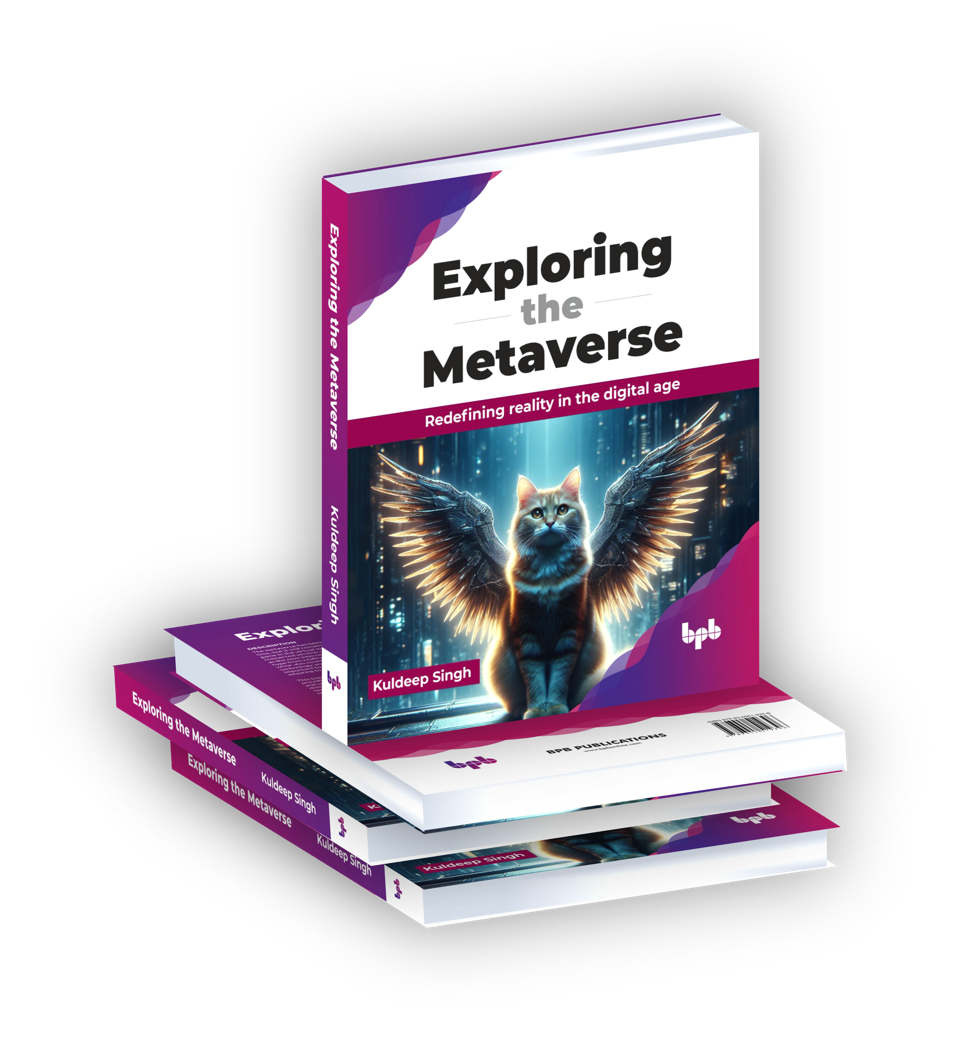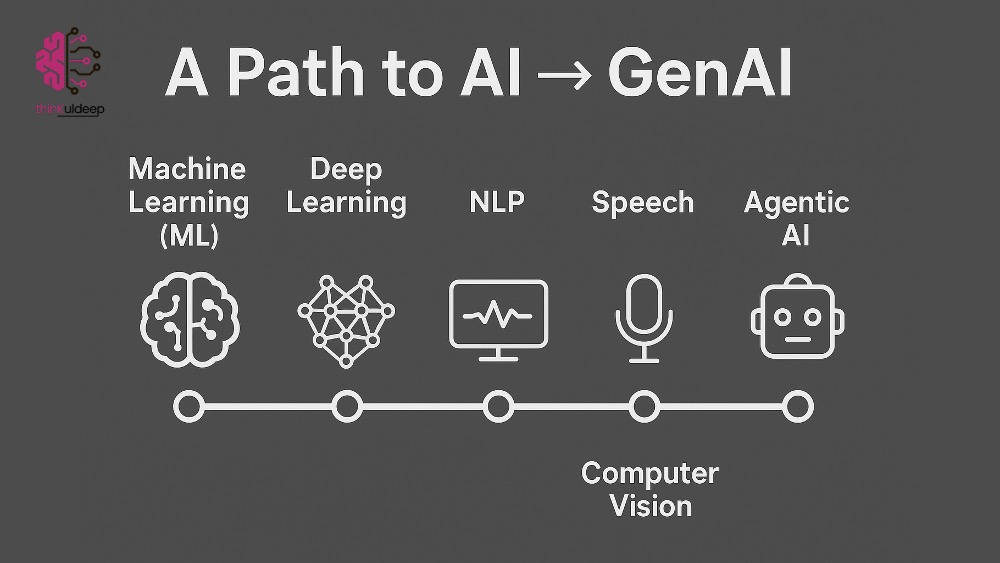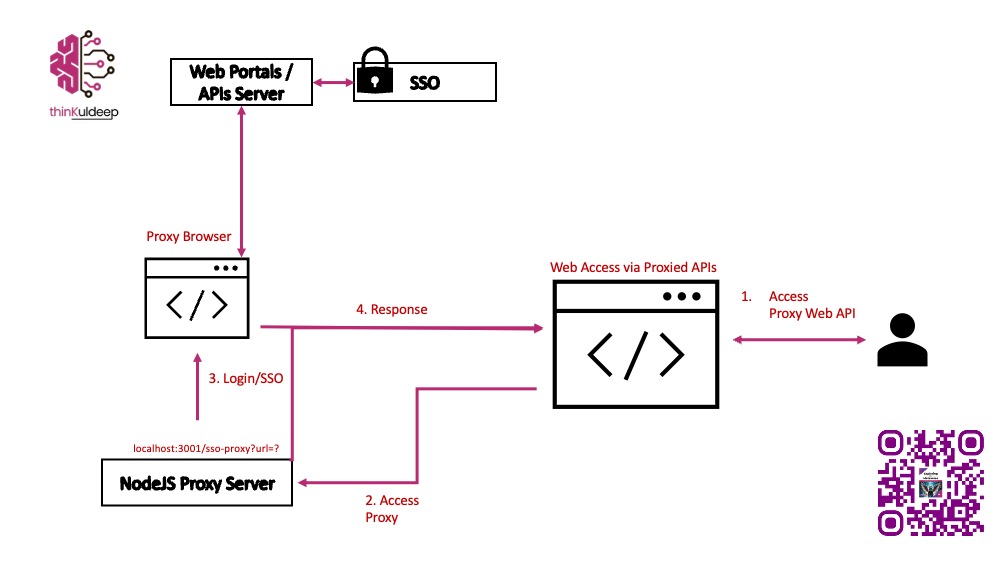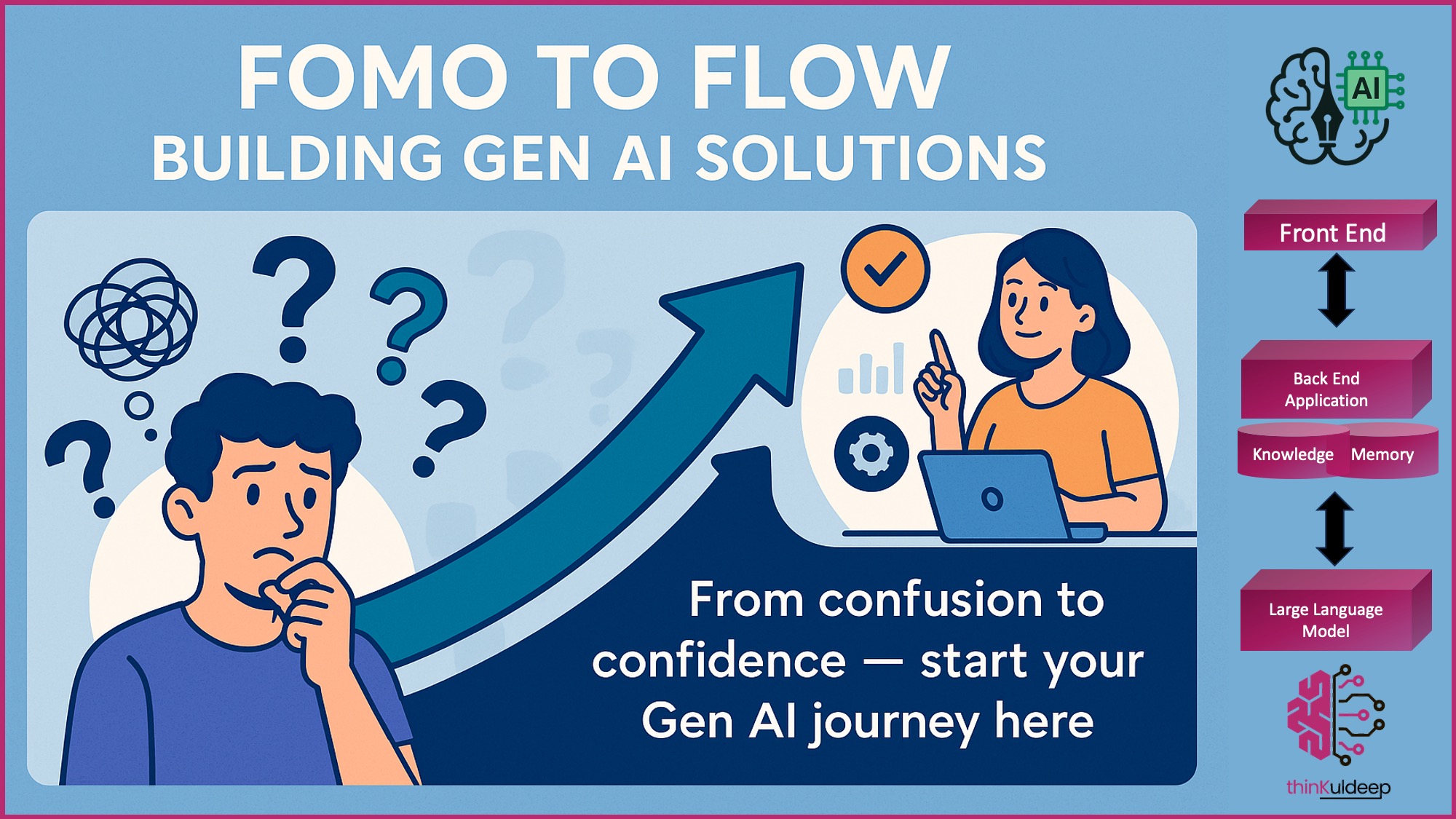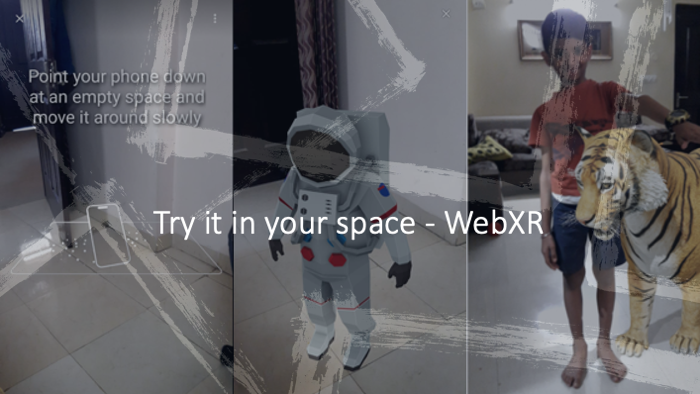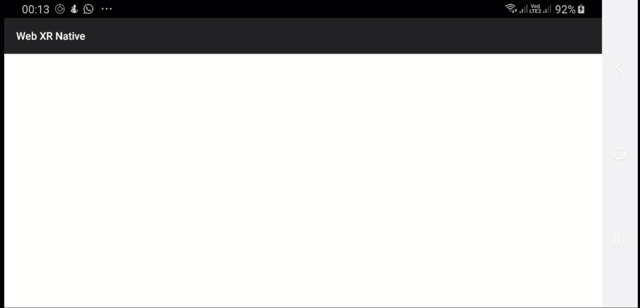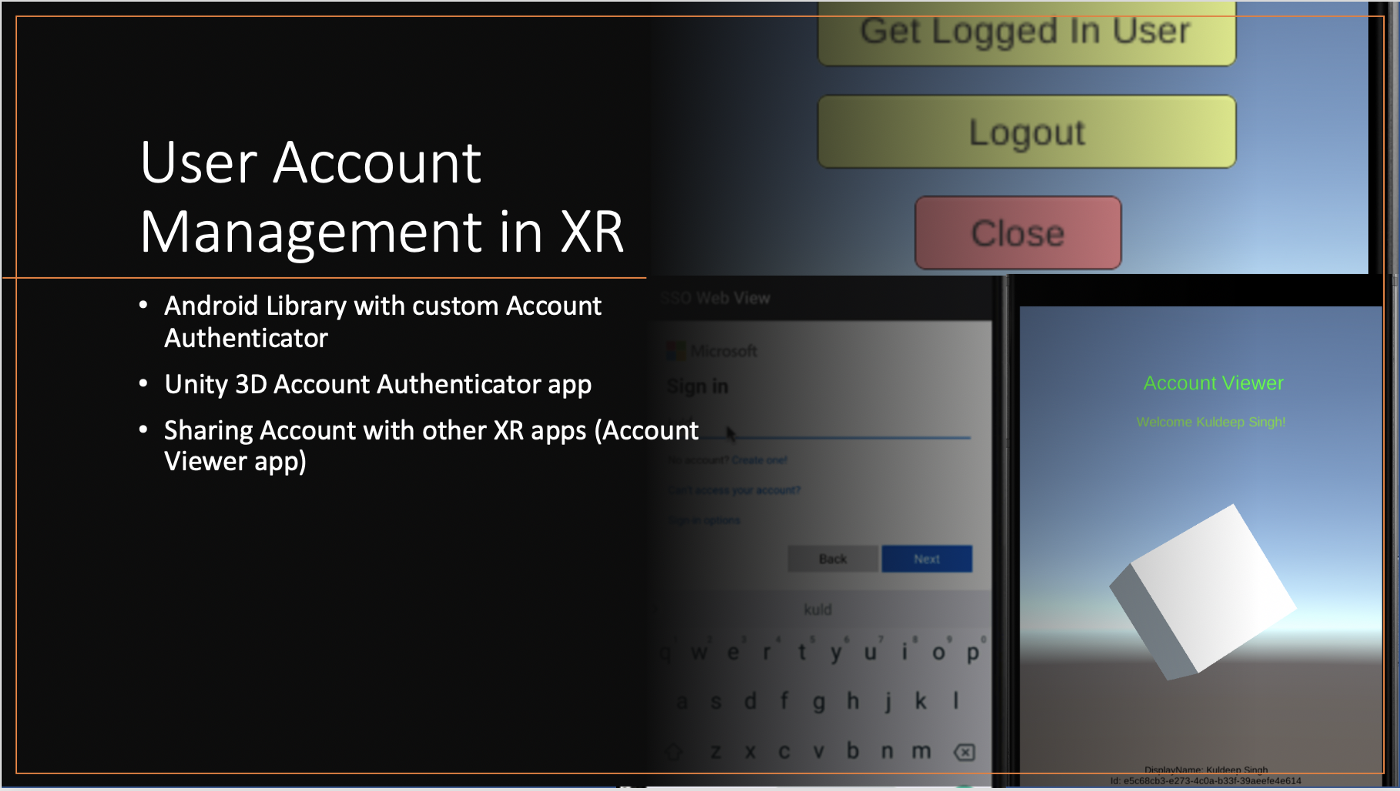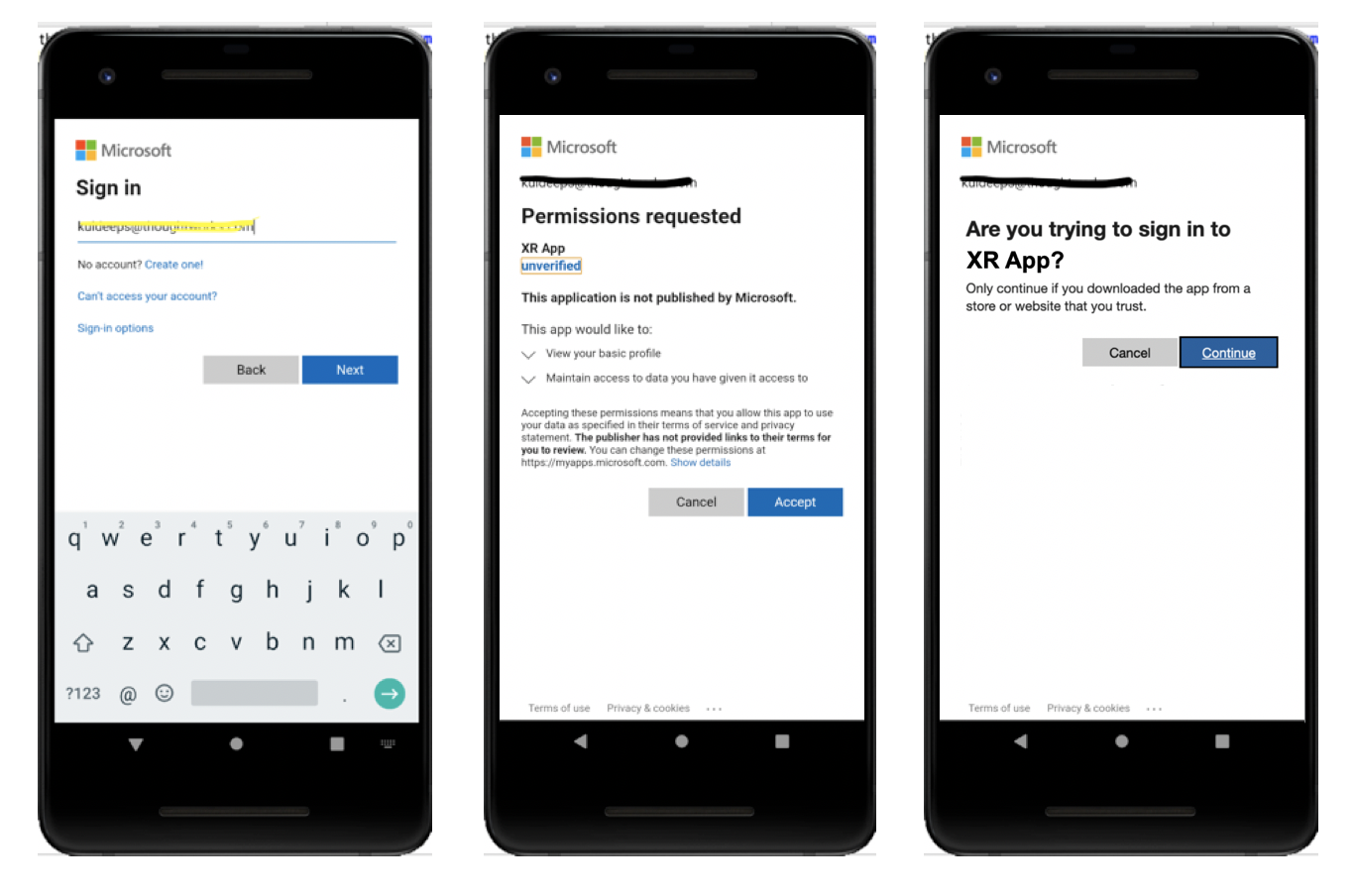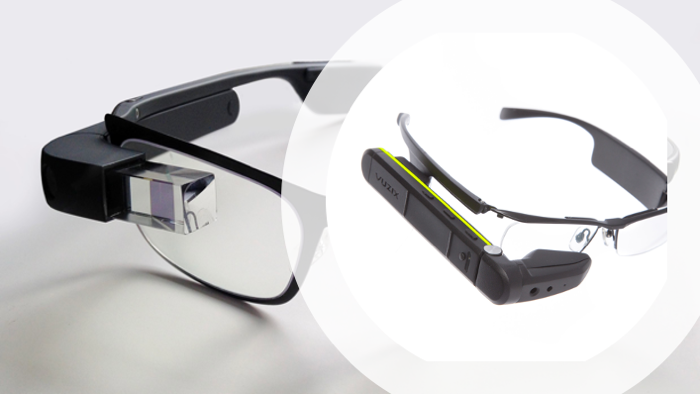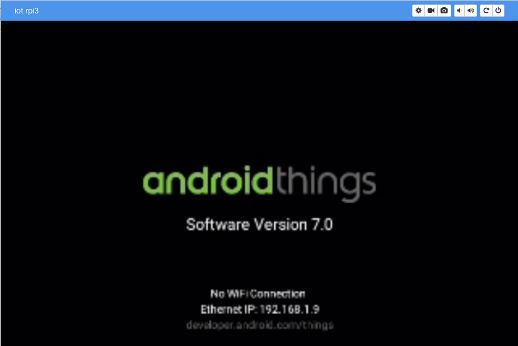Below you will find pages that utilize the taxonomy term “tutorial”
Sep, 2025 - Post
A Path to AI → GenAI → Agentic AI
The world of technology is evolving at lightning speed. Every week, new AI models, frameworks, and services make headlines. With the hype around LLMs, Agentic AI, MCPs, and A2A systems, it’s easy to feel like we’re always playing catch-up.
But here’s the truth: without strong fundamentals, chasing the “next big thing” is like building a skyscraper on sand. A strong foundation ensures stability. That’s why, before diving deep into Generative AI, it’s critical to revisit the path that got us here.
read more
Aug, 2025 - Post
Implementing a Proxy for Single Sign-On (SSO) Authentication
Enterprise integrations almost always require authentication and authorization. In particular, Single Sign-On (SSO) with Multi-Factor Authentication (MFA) has become a standard practice in modern enterprise applications.
But here’s the challenge:
When experimenting with new integrations, building spikes, or running proofs of concept (POCs), setting up a full SSO environment upfront can be cumbersome. Sometimes all you need is a way to quickly test APIs that are locked behind SSO.
read more
May, 2025 - Post
FOMO to Flow: Building Gen AI Solutions
Unlock the power of Generative AI by learning to interact with large language models programmatically—and take it further with fine-tuning for customized responses.
If you’re a software maker feeling the fear of missing out (FOMO) on the Gen AI revolution, you’re not alone. The way we build and interact with software is evolving rapidly. “Google it” or “check Stack Overflow” is no longer the go-to approach — AI-first, conversational tools are becoming the new standard across development, design, and decision-making.
read more
Nov, 2021 - Post
Try everything in your space - WebXR
Today’s websites are designed first for mobile and then for other platforms, and it is getting important to bring mobile XR functionality into the websites. Google’s scene viewer is bringing WebXR for mass adoption. Theoretically any 3D model can be tried in your space, and you can easily built AR experience for your website.
eCommerce has already transformed into mCommerse, and now taking steps into xCommerse (XR Commerce). 3D Model viewer is very common requirement for across different domains, and it will be the basic requirement of developing for Metaverse as well as for any digital business in future.
read more
May, 2020 - Post
A new form of WebXR
Accessing native XR features from the device using a web page is another form of WebXR.
In this article, I want to share an experiment where I tried to control the android device’s native features such as controlling volume and camera torch from a web page. This use case can be really useful in the XR world, where I can control the feature access in the device from cloud services, even the whole look and feel for showing the device controls can be managed from a hosted web page.
read more
Apr, 2020 - Post
User Account Management In XR
In the previous article, we described the importance of interoperability in while building Enterprise XR solutions, In the article, we will discuss how to manage user accounts in the XR device, and implement single sign-on across the XR apps. We will use Android’s AccountManger approach to login into active directory and integrated it into Unity. Please read my earlier article on setting up the app in active directory, log in using android webview, considering a web-based company login form should appear for login, and no custom login form is allowed to capture the credentials.
read more
Apr, 2020 - Post
WebXR - the new Web
The web has grown from a read-only web (Web 1.0) to interactive web (Web 2.0) and then moved into the semantic web which is more connected and more immersive. 3D content on the web is there for quite some time, the most web-browsers support rendering 3D content natively. The rise for XR technologies and advancements in devices and the internet is leading the demand for Web-based XR. It will be a norm for web-based development.
read more
Mar, 2020 - Post
Enterprise XR - Interoperability
In the previous article, we discussed implementing multi-factor authentication for an andorid application, and in the article we will cover another enterprise aspect, Interoperability.
Interoperability is key aspect when we build enterprise solutions using XR technologies. The enterprises have digital assets in form of mobile apps, libraries, system APIs, and they can’t just throw away these existing investments, in fact, the XR apps must be implemented in such a way that it is interoperable with them seamlessly.
read more
Mar, 2020 - Post
Enterprise XR - Multi-Factor Authentication
XR use cases are growing with advancements in the devices, internet and development technologies. There is an ever-growing demand to build enterprise use cases using ARVR technology. Most enterprise use cases eventually require integration with an enterprise ecosystem such as IAM (Identity and Access Management), ERP, CRM, and single sign-on with other systems.
Most organizations protect digital assets with a single sign-on using Multiple Factor Authentication (MFA). The MFA is generally a web-browser based authentication where the browser redirects to tenant’s authentication page where the user provides their credentials and then the user confirms another factor (PIN, OTP, SMS or mobile notifications), once it succeeds, it gets redirected back to the protected resource.
read more
Oct, 2019 - Post
Static Code Analysis for Unity3D — Part 2
This article is in continuation of Static Code Analysis for Unity3D — Part 1 where we talked about setting up a local sonar server, sonar scanner and running the analysis for a Unity3D project.
It this article, we will discuss setting up the Static Code Analysis with SonarCube in IDE — Rider. We are using Rider as the “External Script Editor” in Unity. Configure Rider here in Unity> Preferences > External Tools > External Script Editor.
read more
Oct, 2019 - Post
Static Code Analysis for Unity3D — Part 1
Static code analysis is a standard practice in software development. There are code scanner tools, which scans the code to find vulnerabilities. There are some nice tools for visualizing and managing code quality. One of the most used tool is SonarQube, supports 25+ languages and flexible configurations of the rules.
There are not enough resources talking about static code analysis for Unity3D. This post covers steps to configure SonarQube and use it for scanning Unity projects.
read more
Feb, 2017 - Post
Exploring the Smart Glasses
This article describes the fundamentals of light-weight smart glasses such as Google Glass and Vuzix M100 It also explain the development practices with pros and cons of its usage, limitation and future of these glasses in our lives.
Google Glass Enterprise Edition Google Glass enterprise edition is a plain Android based smart glass that you can wear and performs operations just like a smartphone and with the use of a small screen located in the front of your right eye can perform a decent range of tasks.
read more
Apr, 2016 - Post
Exploring AndroidThings IoT
Android Things, an android based embedded operating system, is the new “it” thing in the Internet of Things(IOT) space. Developed by Google under the codename “Brillo, a.k.a. Project Brillo”, it takes the usual Android development stack—Android Studio, the official SDK, and Google Play Services—and applies it to the IOT.
Google formally took the veils off of Brillo at its I/O 2015 conference. It is aimed to be used with low-power and memory constrained IOT devices, allowing the developers to build a smart device using Android APIs and Google Services.
read more
Dec, 2014 - Post
Introduction to Java Lambda Expression
After Java 8, developers can apply functional programming constructs in a pure Object-Oriented programming language through lambda expressions. Using lambda expression sequential and parallel execution can be achieved by passing behavior into methods. In Java world lambdas can be thought of as an anonymous method with a more compact syntax. Here compact means it is not mandatory to specify access modifiers, return type and parameter types while defining the expression.
read more
Dec, 2014 - Post
Introduction to Java Stream API
Prior to JDK 8, collections can only be managed through iterators with the use of for, foreach or while loops. It means that we instruct a computer to execute the algorithm steps.
int sum(List<Integer> list) { Iterator<Integer> intIterator = list.iterator(); int sum = 0; while (intIterator.hasNext()) { int number = intIterator.next(); if (number > 5) { sum += number; } } return sum; } The above approach has the following tailbacks:
read more
Dec, 2013 - Post
Apache Camel SSH Component
This article is about troubleshooting issues we have faced while using apache camel’s SSH routes. It also covers step wise guide to setup apache camel routes.
Prerequisites Windows7 Eclipse Juno Java 1.7 Problem Statement We were getting following issues in the logs when connecting to one of the SSH server using Apache Camel-SSH. This was happening in one of the instance in production environment.
Here are few logs :
read more
